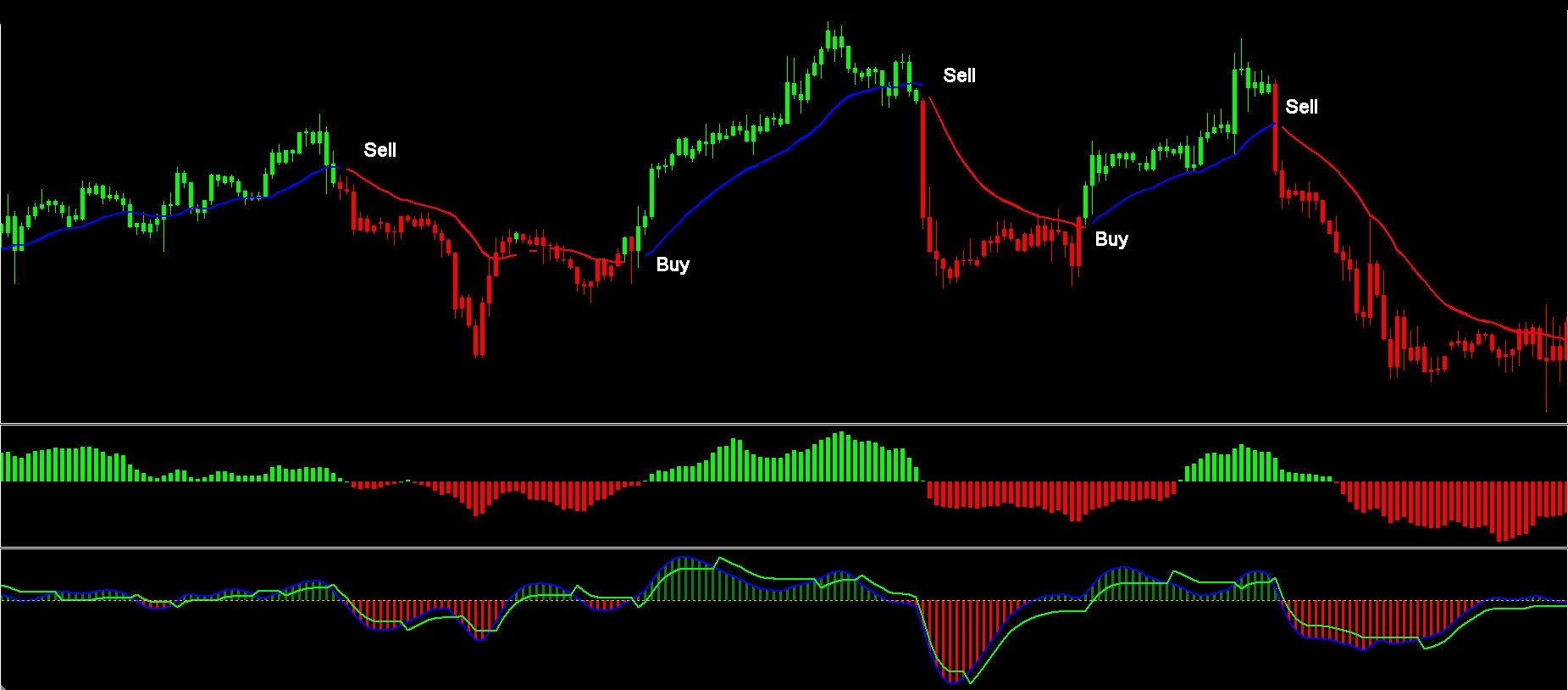What is a buying and selling indicator?

A buying and selling indicator is a mathematical calculation or visual representation of market information utilized by merchants and investors to investigate and forecast future value actions in monetary markets. These indicators assist traders make knowledgeable decisions about buying or promoting assets such as stocks, currencies, commodities, or cryptocurrencies. Trading indicators are an important part of technical analysis, a methodology that relies on historic worth and quantity data to predict future price developments. There are numerous forms of trading indicators, each serving a selected objective. Some common types of buying and selling indicators embody:

Moving Averages (MA):
Moving averages smooth out value information by calculating the common price over a specified time interval. They help establish tendencies and provide help and resistance ranges.
Relative Strength Index (RSI):
The RSI measures the speed and alter of value movements to evaluate whether an asset is overbought or oversold. It ranges from zero to one hundred, with ranges above 70 indicating overbought circumstances and levels under 30 indicating oversold situations.
Moving Average Convergence Divergence (MACD):
The MACD is a trend-following momentum indicator that consists of two shifting averages and a histogram. It helps determine changes within the power, course, and length of a trend.
Bollinger Bands:
Bollinger Bands include a middle band (a moving average) and two outer bands that represent standard deviations from the center band. They assist identify volatility and potential reversal factors.
Stochastic Oscillator:
The stochastic oscillator compares the closing worth of an asset to its value range over a specified period. order block indicator offers details about potential development reversals.
Ichimoku Cloud:
The Ichimoku Cloud is a comprehensive indicator that gives details about assist and resistance levels, trend direction, and momentum. It consists of a number of traces and a cloud space.
Fibonacci Retracement:
Fibonacci retracement ranges are primarily based on the Fibonacci sequence and are used to establish potential assist and resistance ranges. Traders use these levels to foretell price retracements.
Volume Oscillators:
Volume indicators, such as the On-Balance Volume (OBV), give consideration to trading volume. They help assess the power of price movements and potential pattern reversals.
Average True Range (ATR):
The ATR measures market volatility by calculating the common vary between excessive and low costs over a specified interval. It helps merchants set stop-loss and take-profit levels.
Parabolic SAR (Stop and Reverse):
The Parabolic SAR indicator offers potential entry and exit factors by plotting dots above or under the price chart. It helps determine pattern reversals.
Williams %R:
Williams %R is a momentum oscillator that measures overbought and oversold circumstances. It ranges from -100 to zero, with values under -80 indicating oversold circumstances and values above -20 indicating overbought situations.
Average Directional Index (ADX):
The ADX measures the power of a trend, regardless of its path. It helps traders assess the strength of a current trend and potential trend reversals.
Traders use a mixture of those indicators and others to develop buying and selling methods, make informed choices, and manage threat. It's necessary to notice that trading indicators are not foolproof, and traders should use them at the facet of other types of evaluation and threat administration strategies. Additionally, the selection of indicators and their parameters can range relying on the trader's particular trading fashion and objectives..
